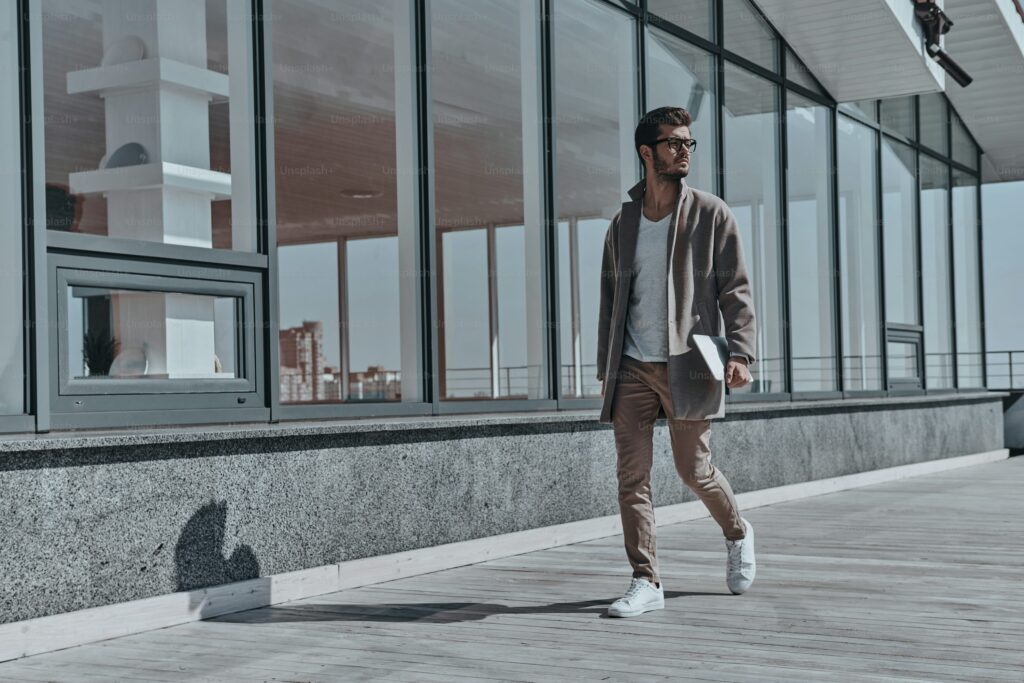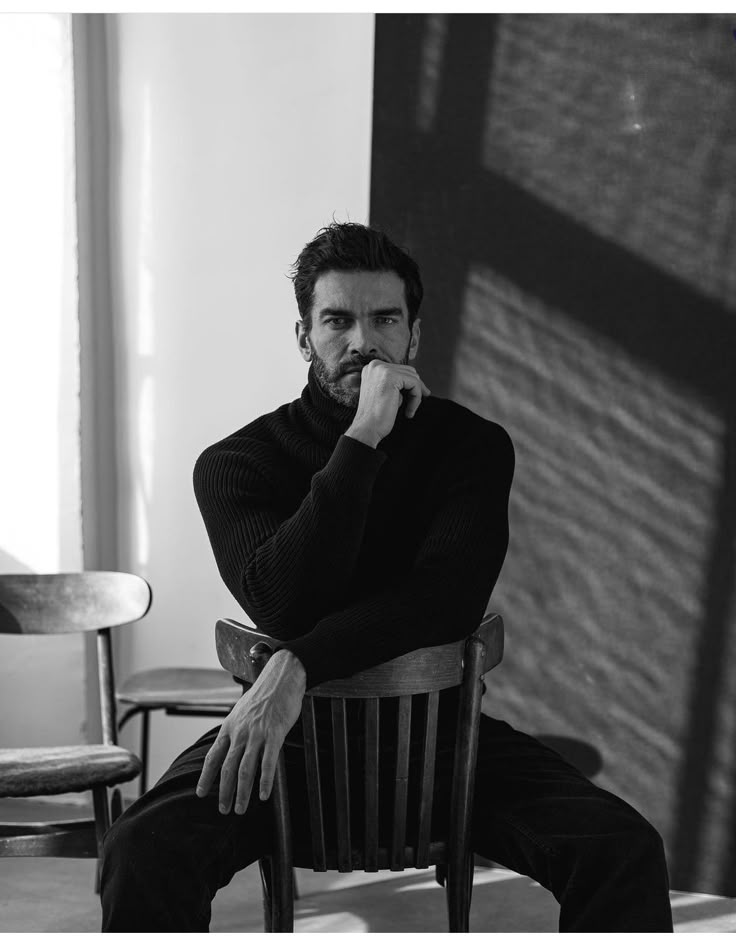
ABOUT US...
Men’s fashion is all about blending style, comfort, and personality to create a look that feels both confident and timeless. Over the years, it has evolved from rigid formal wear to a versatile mix of casual, smart, and statement pieces, giving men the freedom to express themselves in unique ways. Classic staples like tailored suits, crisp shirts, well-fitted jeans, and minimal sneakers remain the backbone of a man’s wardrobe, while trends like streetwear, athleisure, and old-money aesthetics bring in modern freshness. Accessories such as watches, belts, sunglasses, and even subtle jewelry add character and polish to an outfit. The key to men’s fashion lies in fit, color coordination, and occasion-appropriate styling—knowing when to keep it simple and when to experiment. Ultimately, it’s not just about following trends but building a personal style that reflects confidence, sophistication, and individuality.

Styling men’s fashion is all about balancing the basics with individuality, where the right fit, color coordination, and occasion-appropriate choices define how polished a man looks. The first step is investing in timeless wardrobe essentials such as a well-tailored suit, classic white and black shirts, fitted denim, neutral chinos, plain t-shirts, and versatile footwear like sneakers, loafers, and boots, as these serve as the foundation for endless outfit combinations. Once the basics are in place, layering plays a key role—blazers, jackets, overshirts, or even knitwear instantly add depth and character to an outfit while keeping it functional for different seasons. Accessories are equally important; a good watch, a sleek belt, sunglasses, and subtle jewelry can elevate even the simplest look without going overboard. Understanding colors is another essential aspect—neutral tones like navy, black, beige, and grey provide versatility, while pops of bolder shades or patterns can add personality when styled thoughtfully. The key is knowing when to keep it minimal for a sharp, clean aesthetic and when to experiment with trends such as streetwear, athleisure, or old-money-inspired looks. Ultimately, styling men’s fashion is less about blindly following trends and more about building a personal sense of style that reflects confidence, comfort, and sophistication.

The history of men’s fashion is a fascinating journey that reflects social change, cultural influence, and evolving ideas of masculinity. In ancient civilizations like Egypt, Greece, and Rome, men wore draped garments such as tunics and togas that symbolized class and status, while in medieval Europe, fashion became more structured with layered robes, tights, and ornate fabrics that highlighted wealth and power. The Renaissance era saw a surge of opulence with puffed sleeves, embroidered doublets, and elaborate accessories, emphasizing refinement and artistry. By the 17th and 18th centuries, powdered wigs, waistcoats, frock coats, and stockings defined the aristocracy, before the Industrial Revolution shifted men’s fashion towards practicality and simplicity. The 19th century introduced the modern suit, designed with tailored jackets, trousers, and ties, becoming the foundation of men’s formal wear that still dominates today. The 20th century marked rapid changes as fashion responded to wars, music, cinema, and subcultures—military uniforms influenced tailoring, jazz culture popularized zoot suits, Hollywood icons made leather jackets and denim timeless, while rock, hip-hop, and punk added rebellious street styles. By the late 20th and early 21st centuries, fashion broke traditional boundaries, blending casual and formal wear with trends like athleisure, streetwear, and minimalism, while also reviving vintage aesthetics such as old-money style. Today, men’s fashion is more diverse than ever, embracing individuality, inclusivity, and sustainability, proving that it is not just about clothing but a reflection of identity, confidence, and cultural progress.

